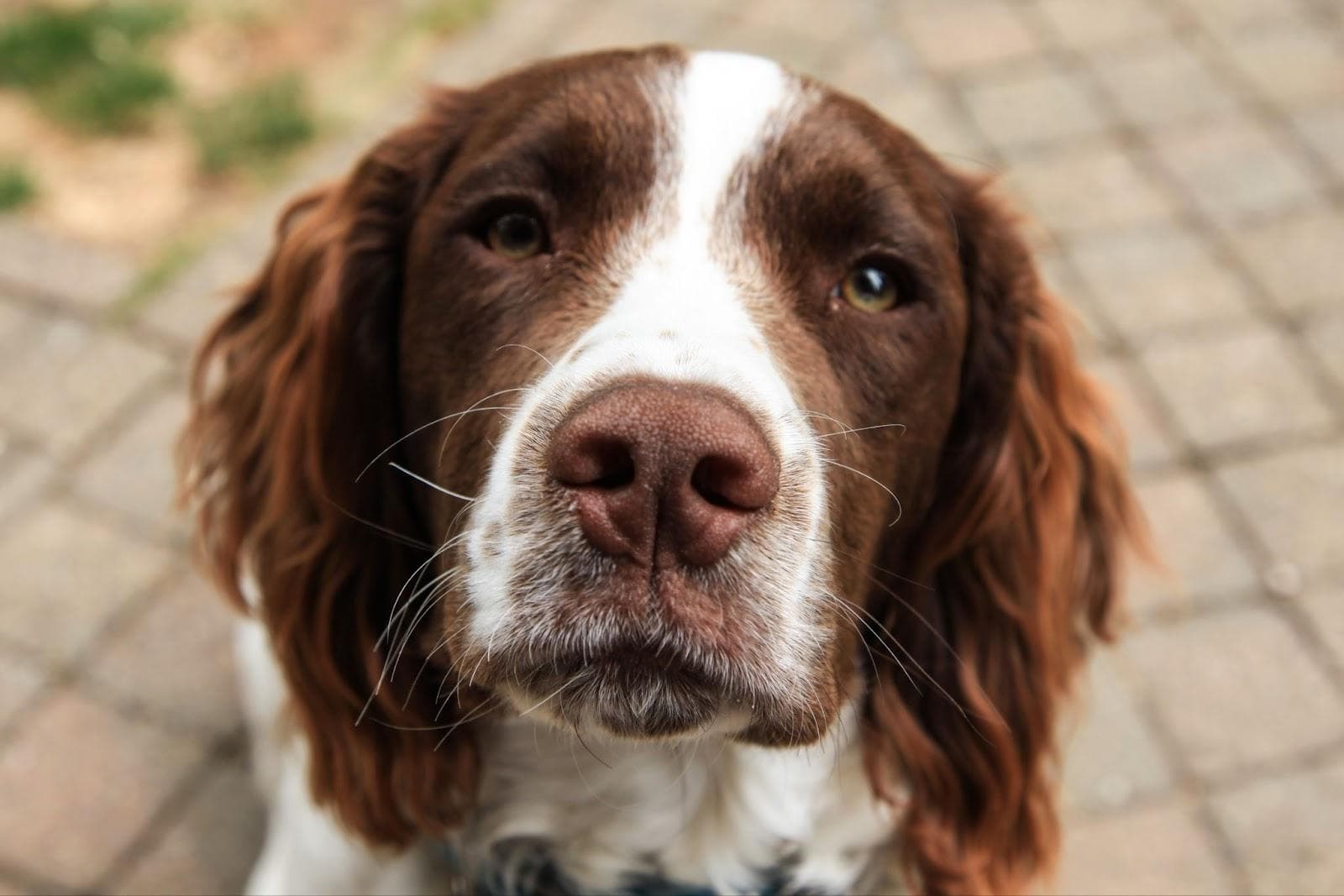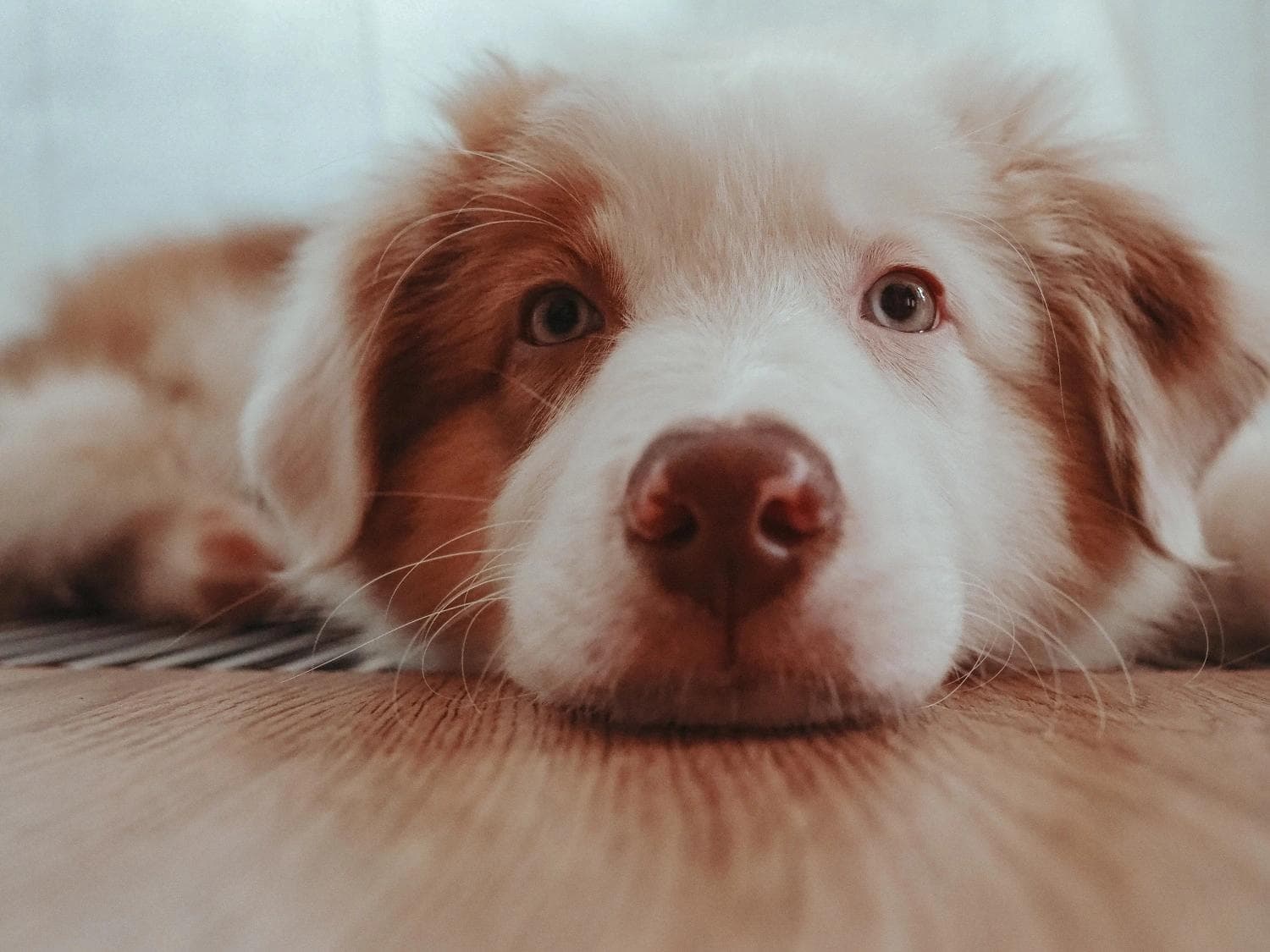The Important Purpose of a Dog's Whiskers
The purpose of a dog's long, gritted whiskers is not widely known. In fact, some dog owners make an effort to remove their dogs' whiskers because they think they are untidy. These canine whiskers—often referred to as vibrissae—serve a number of purposes and can help your dog navigate its surroundings. They assist your dog in many aspects of life and can even aid them in nighttime navigation and measuring various items!
Read on to find out why dogs have whiskers and why you should never get them clipped off, no matter how messy your dog looks.
What Are Dog Whiskers?
Long, coarse hairs called whiskers, or vibrissae, are typically present on dogs' muzzles, jaws, and areas above their eyes. These whiskers are firmly attached to the skin, and the follicles at their base are teeming with neurons that transmit sensory information to the dog's brain.
Dog whiskers are very delicate and, according to some reports, are as sensitive to touch as human fingertips, unlike other hairs in a dog's coat. Because of this, if your dog has ever had their whiskers brushed, they may have blinked or flinched in response.

What are whiskers for?
A dog's whiskers draw attention to his face. When a dog "smiles", the whiskers draw attention to the muzzle and frame the eyes, similar to human eyebrows. But whiskers are more than just cosmetic features; they have a crucial role to play. A dog's whiskers serve as specially tuned sensory equipment to help it navigate its daily tasks. Similar to cat’s whiskers or antennas on insects, these particular hairs enhance vision and assist a dog navigate his environment by adding additional sensory input.
-
Whiskers are radar sensors. Dogs are renowned for having keen senses of hearing and scent, but their vision isn't as good. Dogs may focus on objects up close but see better at a distance. Dogs "see" objects that are directly in front of them thanks to the whiskers' continual communication with the brain. A dog moves air currents that hit solid objects causing them to bounce back as they come into contact with them. Whiskers function as radar detectors by picking up on extremely small vibrations brought on by these variations in air currents.
-
Whiskers convey feelings. The dog's whiskers stop moving when it is sleeping. However, they are equally as active as a dog! A dog's whiskers will rise above his eyes when he is excited or curious, giving him the adorable, wide-eyed aspect his owner loves. A dog will raise his whiskers and point them in the direction of the threat if he feels threatened.
-
Whiskers serve as barriers. Even the smallest particles trigger a response from these delicate hairs. A dog will blink or shake his head and expel a tiny bit of dust that lands on a whisker above his eye. The eye, which can be harmed by even a small dust particle, is shielded by this reaction. When a dog is walking outside, if its whiskers come in contact with a thorny bush or a blade of tall grass, they cause the dog to back up to prevent getting injured or poked in the eye.
-
Whiskers require defense. A dog's brain spends a significant amount of time digesting information from touch sensors. Touch sensors made of whiskers are particularly dependable. Since each individual whisker can be linked to a particular location in the brain, hairs occupy considerable neurological space in a dog's body.
Whiskers serve to protect dogs since they are crucial to their capacity to function safely both inside and outside of the home. Pet your dog lightly, going with the grain of the whiskers. Avoid pulling or plucking your dog's whiskers since it will hurt. Avoid trimming your dog's whiskers because doing so could confuse and lessen his sense of unique awareness.
- Whiskers make excellent hunting tools. Not only are whiskers crucial for a dog's ability to navigate their environment, but they also aid in effective hunting. Because air travels and bounces back, dogs' whiskers can pick up on this movement and assist them pick up on moving items. The size, form, and speed of the moving object or prey are all discernible to dogs thanks to this signal. Because they can inform dogs where game is, they are extremely helpful for hunting. The two key factors that make your dog such an excellent hunter are their whiskers and their exceptional sense of smell.

Should Dog Whiskers Be Trimmed?
You shouldn't trim your dog's whiskers, to be honest. It may affect your dog's balance, mobility, and capacity to detect environmental cues if you reduce or remove their whiskers because they are essential for normal sensory perception and balance.
Any method of removing whiskers may give a dog severe anguish. Their sensory function is impacted, which may lead to brief disruptions in routine behaviors including playing, swimming, and hunting. Some dogs may become aggressive as a stress response after getting their whiskers cut.
Until their whiskers can regrow and reach their full length, which might take many weeks, your dog's sensory abilities may be absent or reduced.
Trimming or removing whiskers is viewed from the perspective of animal welfare as an amputation of a functional sensory organ rather than a cosmetic enhancement, and it is prohibited in a number of European nations. Whisker removal can be very uncomfortable and may result in bleeding.
If you mistakenly trim your dog's whiskers, it won't harm and they will regrow. When trimming your dog's fur anywhere near their whiskers, exercise extreme caution.
Takeaway
A unique variety of sensory hair called whiskers can improve your dog's awareness of their environment. Additionally, they allow your dog to express specific emotions and defend themselves from harm. Veterinarians recommend against cutting them due to these factors.
The growth cycle of whiskers is similar to that of other types of hair, and they occasionally shed on their own. Keep in mind that your dog's whiskers will normally grow back to their original length over time if you unintentionally trim them or if they do shed sometimes.
For more information, talk to one of our Fitness Experts and get customized advice by submitting a request in our Mavyn website.
